They had wonderful ideas in their heads but however, often hesitated when it came to getting those ideas on paper. Spelling, structure and confidence were all barriers. The journey Room 14 has been on has shown their determination to share their written ideas.
Initially hesitant to write, Edna-Rose and Amaia-Jay are now discovering the joy of writing and being able to put their thoughts on paper, guided by Structured Literacy and an encouraging environment.
Writing made me feel nervous and I didn’t want to do it.
Recognising that writing begins with understanding sounds, students engage in daily phonics lessons and activities. They learn to identify and blend sounds which support their spelling and word formations. Starting small, instead of worrying about spelling words the “right” way, we students focused on what words sounded like. Each day, practicing listening to the beginning, middle and end sounds of words, slowly and surely, the students began to connect letters to those sounds, and that soon saw them independently giving writing a go.
With regular building upon phonetic knowledge and practicing of simple sentences, both girls are now finding the joy in writing and giving independent writing a go.
I sound out my words first so I can hear the sounds to write them.
I enjoy writing now because I can sound words out and I can try to do it by myself.
As a class, students came up with actions to remember what a simple sentence is. They practiced chanting: “A simple sentence is one idea that starts with a capital letter and ends with a full stop.”
In Room 14, students engage in independent writing through a variety of interactive activities. They utilise visual aids like word cards and pictures to support their writing. Phonics-based writing exercises help them apply their knowledge of sounds to spell unfamiliar words. Additionally, tasks such as labeling images, crafting simple stories, and creating playful sentences make writing enjoyable and meaningful.
Isaac and Kainga enjoy using ‘editor strips’ in their writing to check over their sentences. Giving students the opportunity to self-assess their own writing has empowered them with even more confidence. They know what to look for, and the steps they need to take to feel successful.
I feel great about my writing because I use finger spaces, and I sound out words so I can write them.
I can check my sentences using the editing strip, I tick each box that I have used and I can use the pictures to help me.
Andrew, Jackson, and Haisley confidently use their phonetic knowledge to write many sentences in their writing. They can write all the sounds they hear in tricky words and use the high-utility words they read during Structured Literacy, in their writing.
I normally just sound out words I want to write in my head, I use the word card a little bit if I need extra help.
I know how to read ‘the’ and ‘and’ so I can use those words in my sentences. I try to sound out the words I don't know how to spell and give that a go
I sound out my words, I know how to spell is, the, and heaps of other words already so that's how I know how to write.
Previously, some students sat and waited during Writing, unsure how to begin. Now, many grab their pencil with excitement, ready to share a sentence or even four! They’ve learned to listen to the sounds in words, take risks, and use tools around them. More importantly, they’ve learned to believe in themselves. Writing isn't just a task, it’s a celebration of their voices.

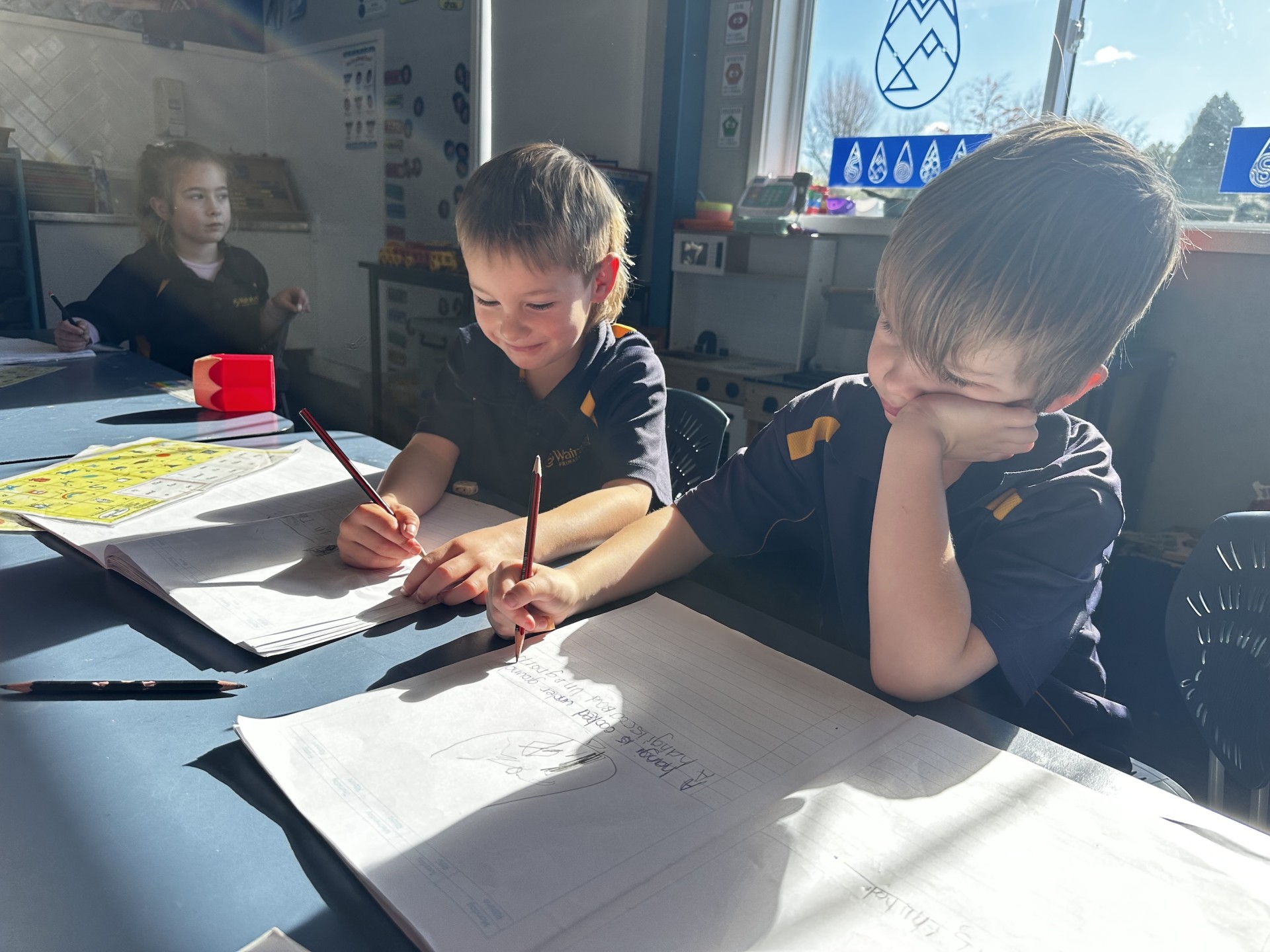
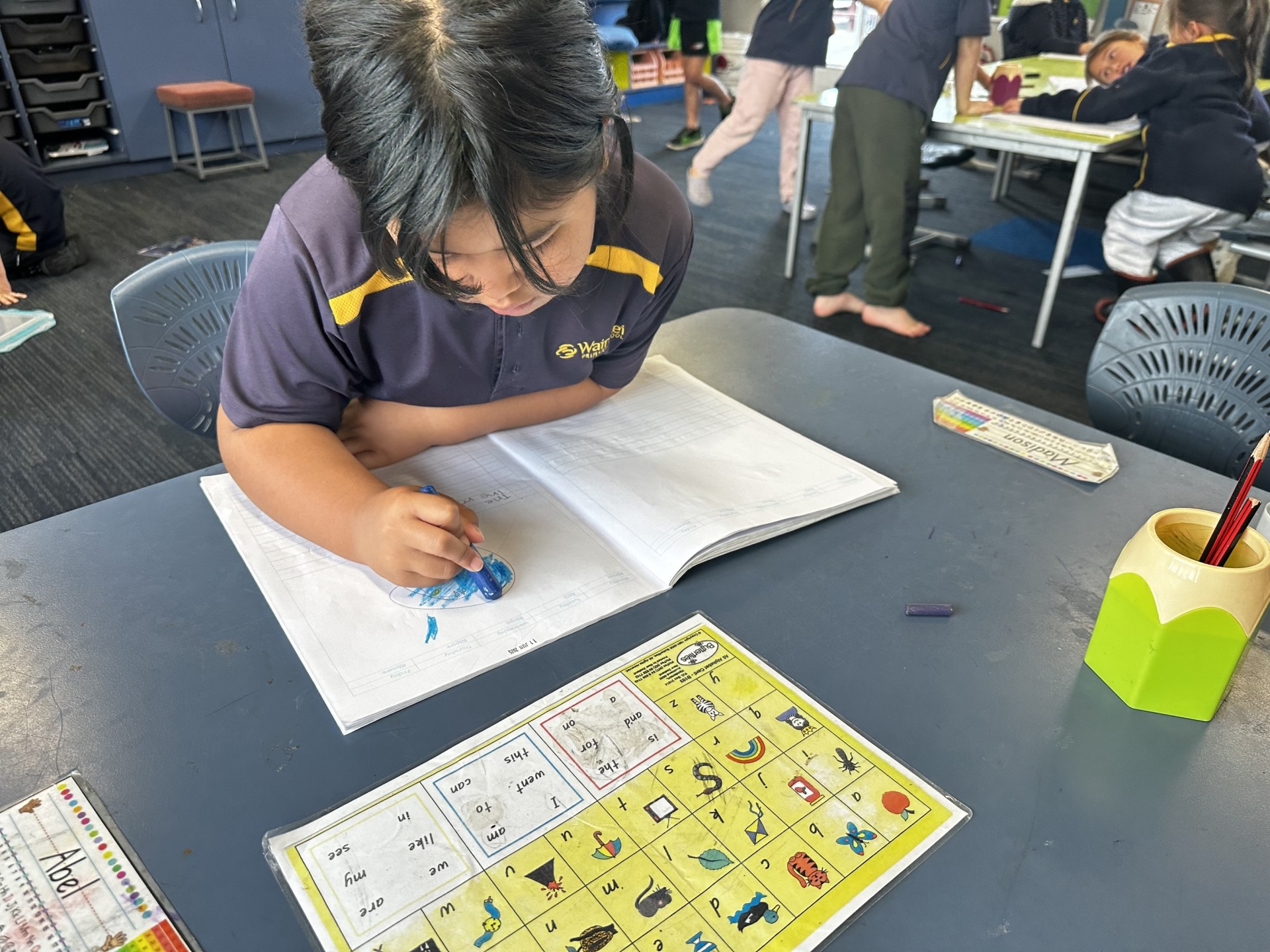
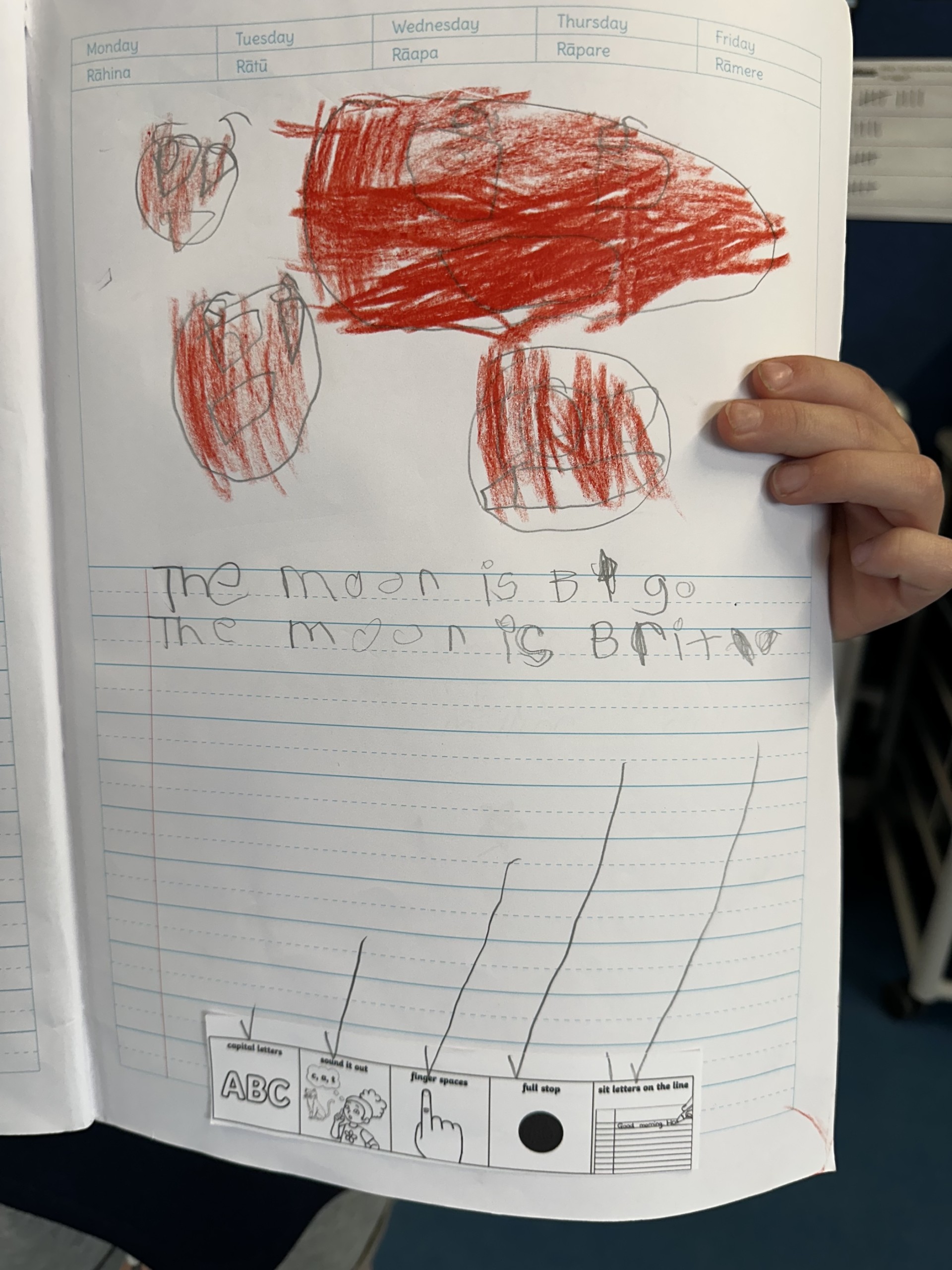
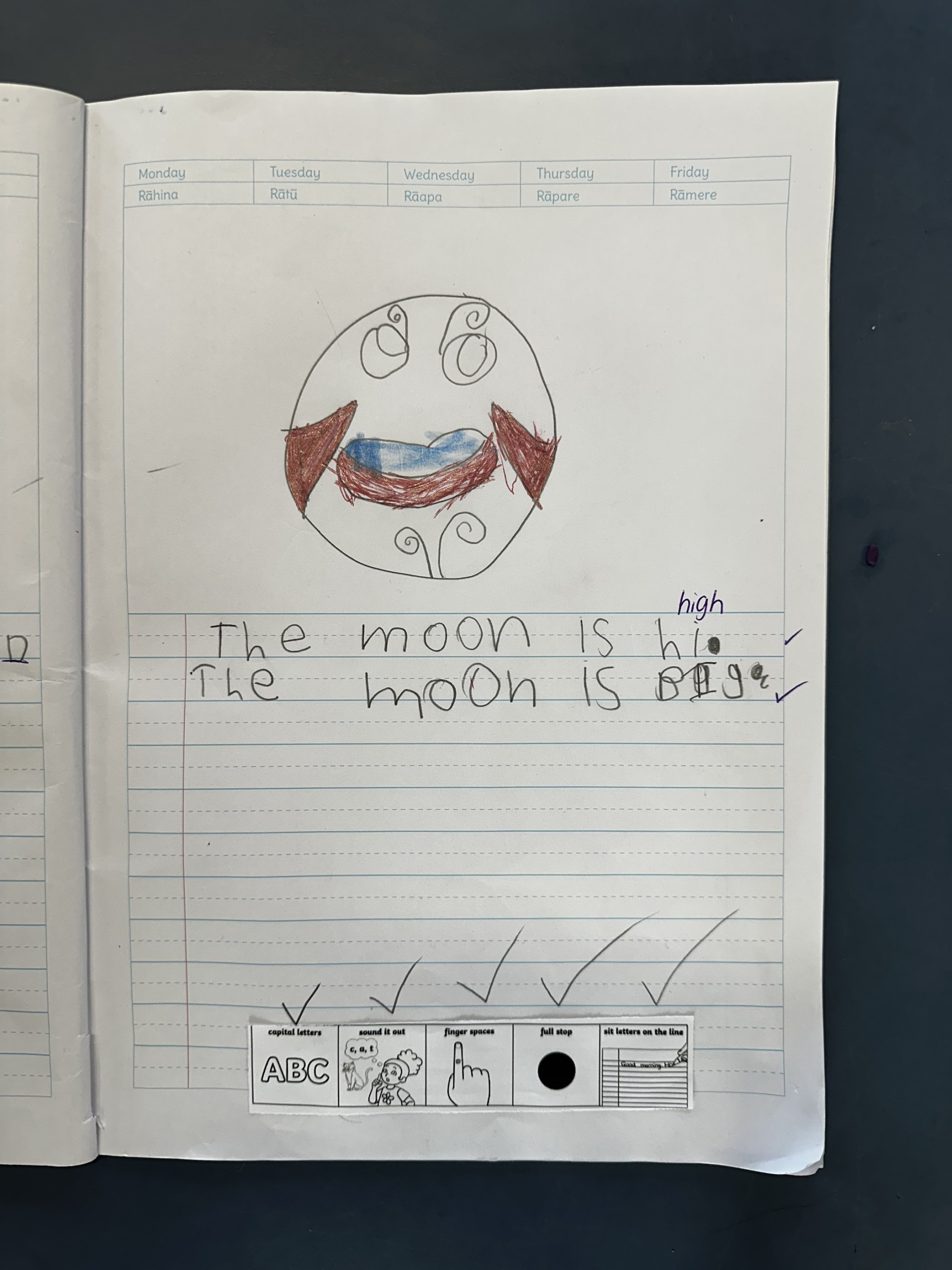
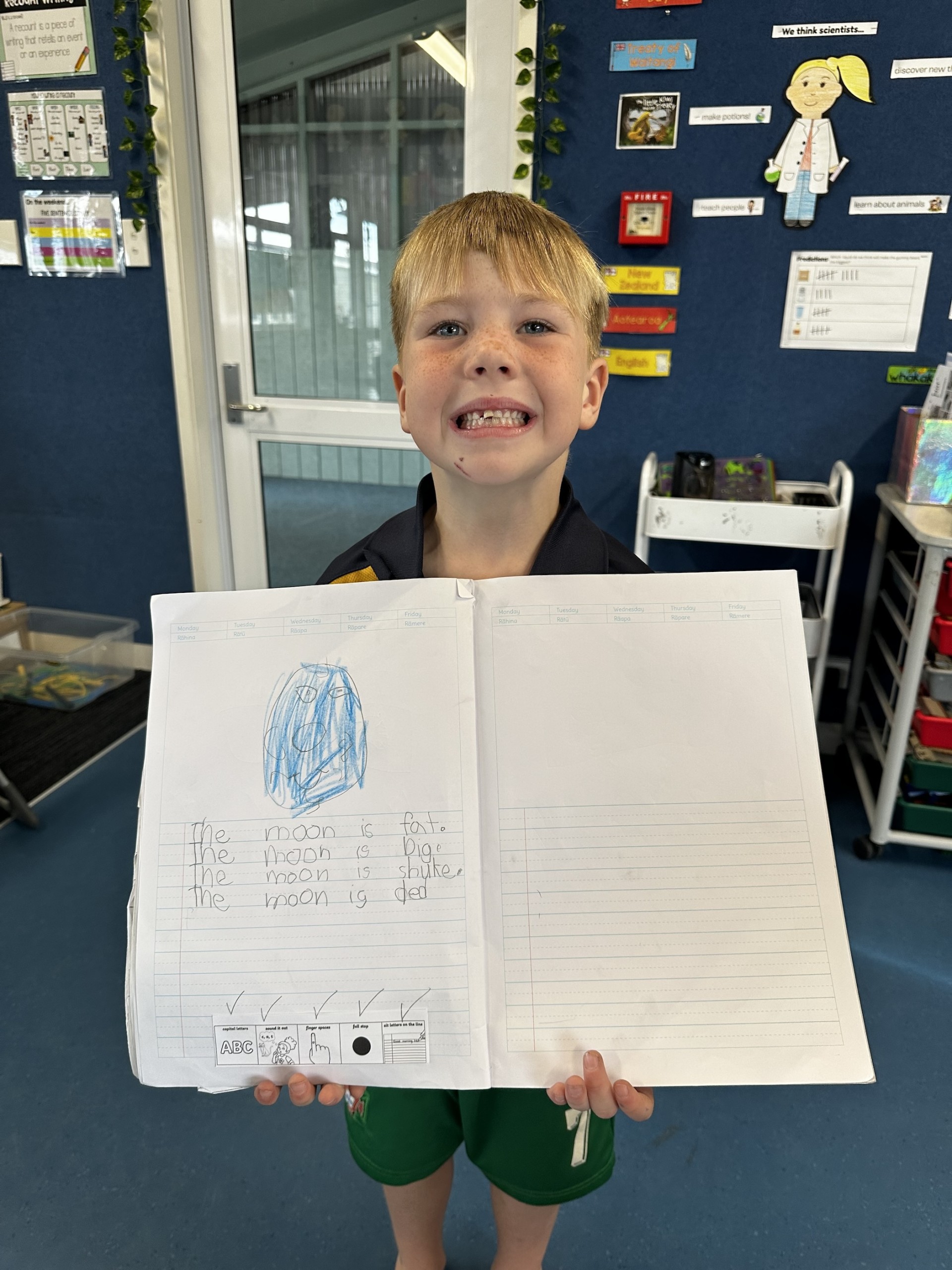
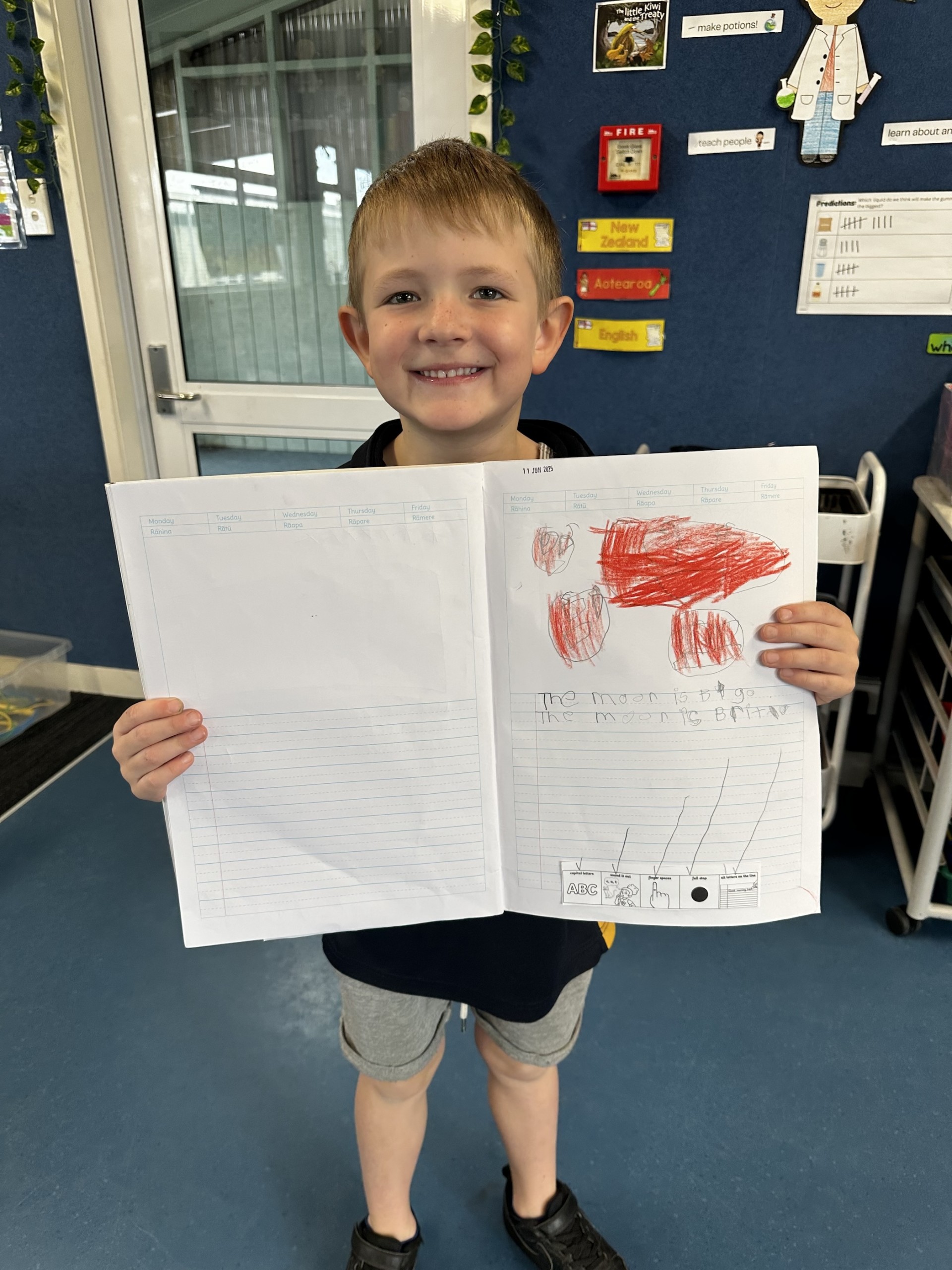


Comments
No one has commented on this post yet.